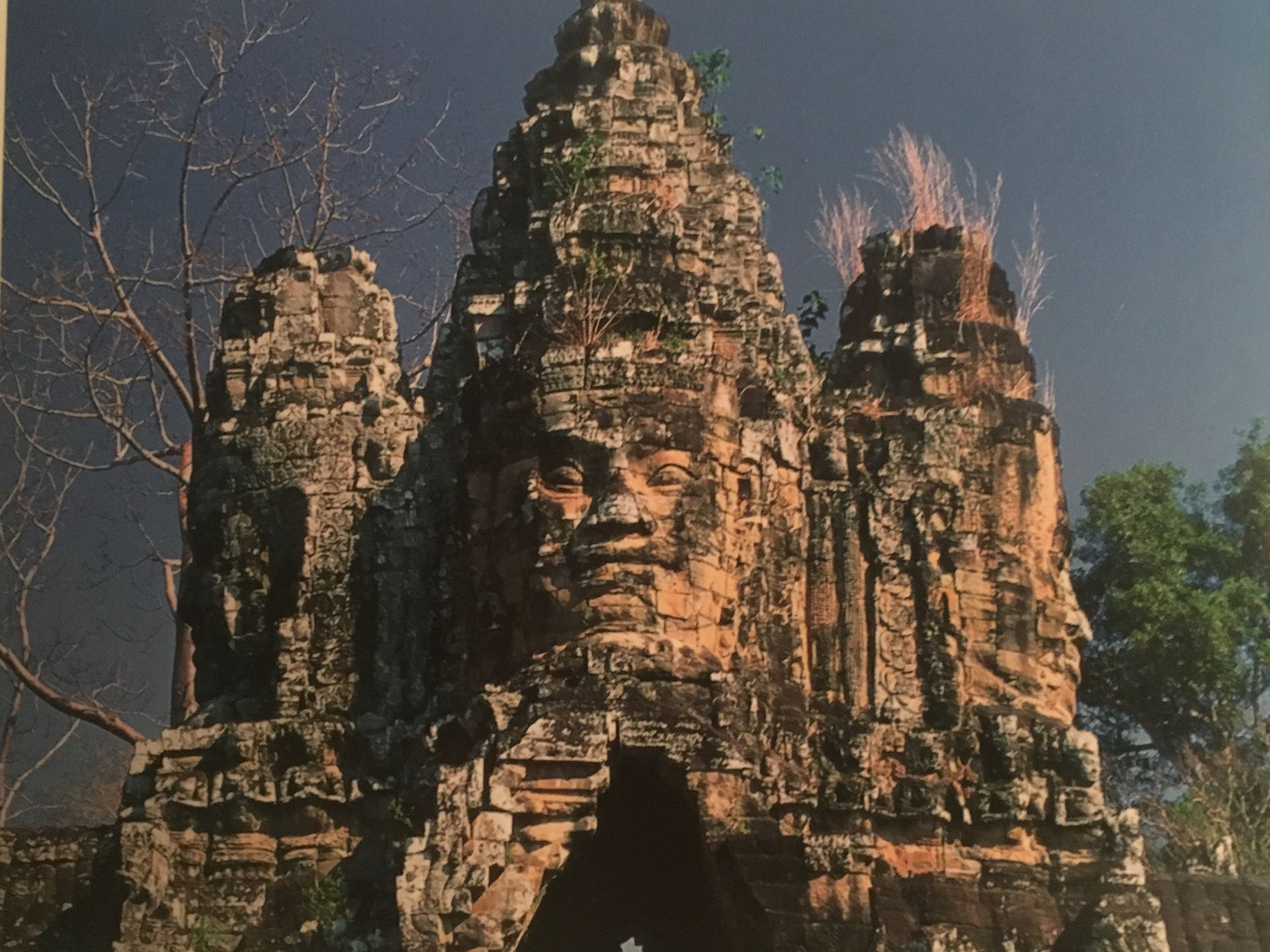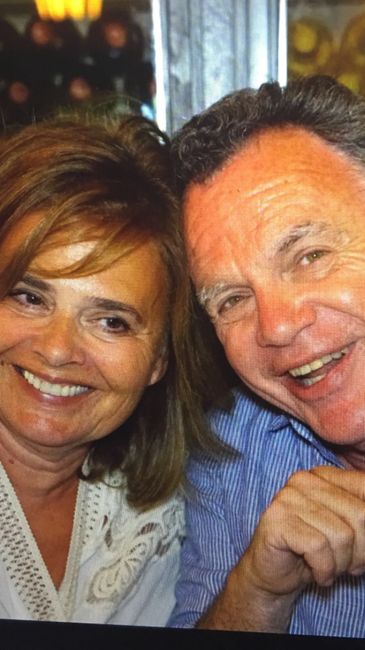13th day Off to Luang Prabang
ຈັດພີມມາ: 21.01.2019
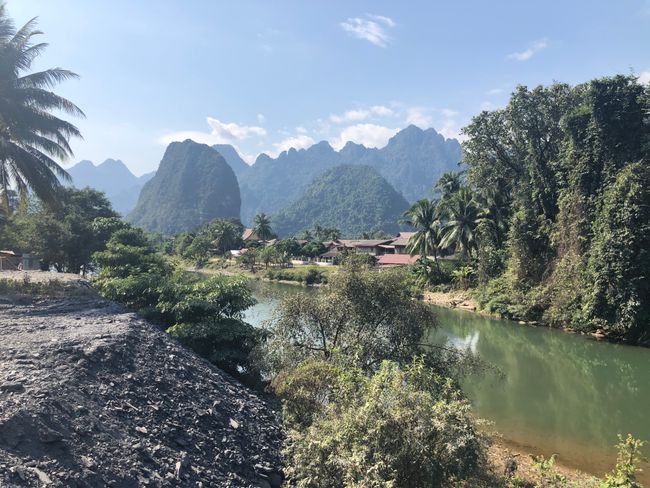
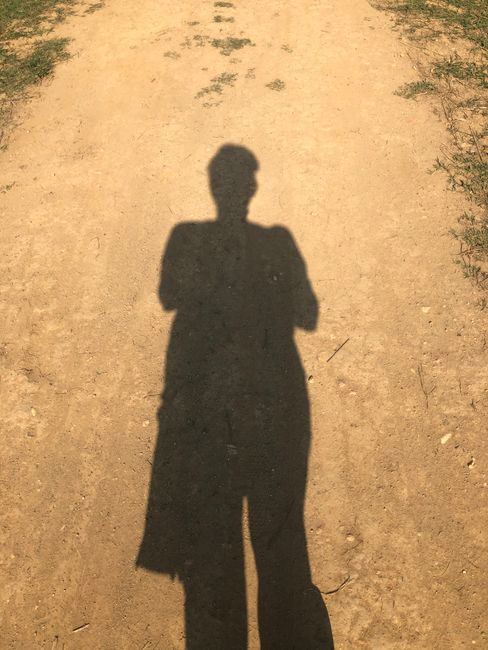
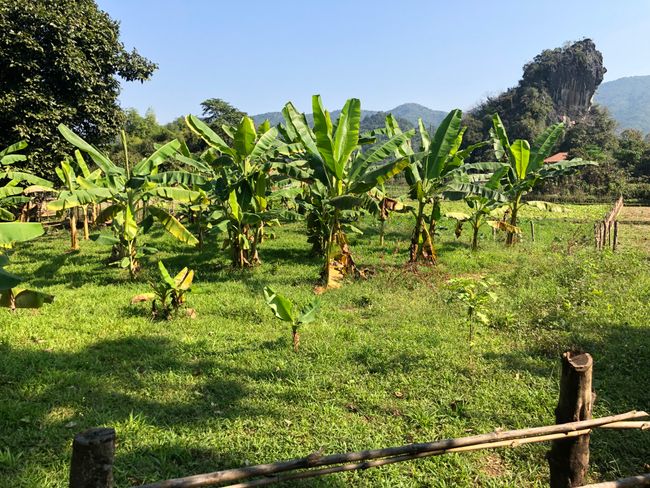
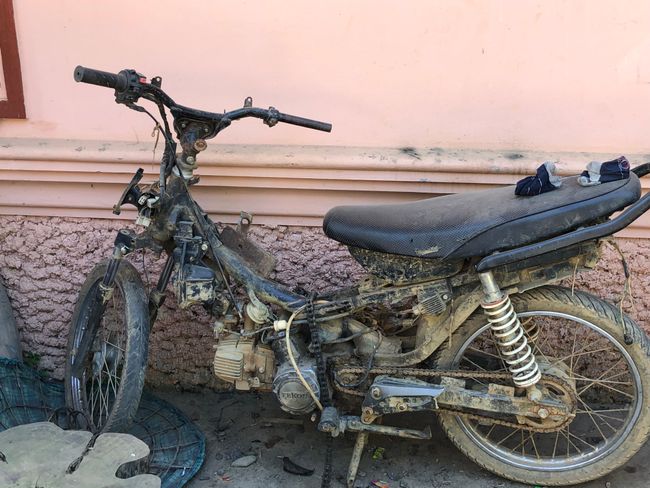
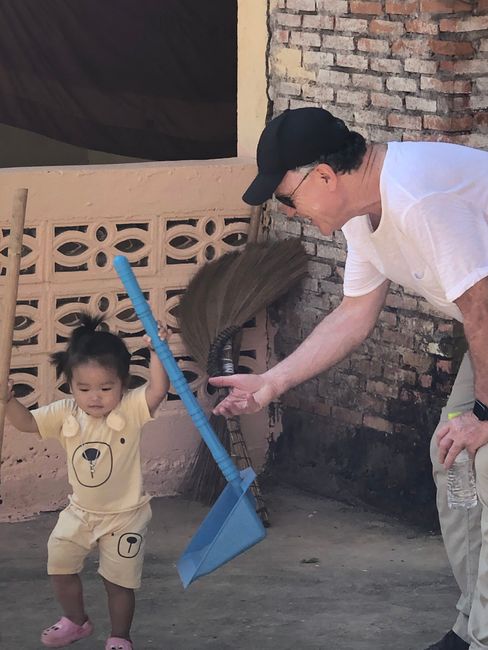
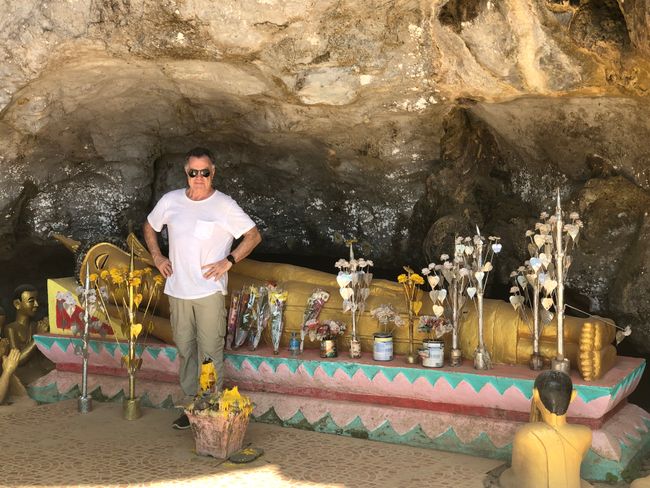
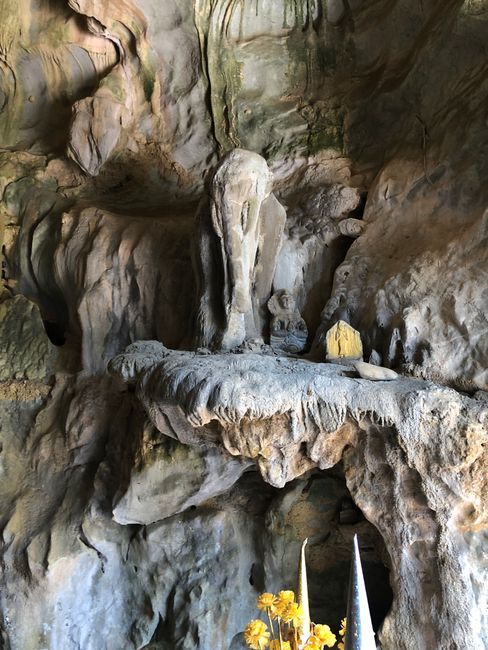
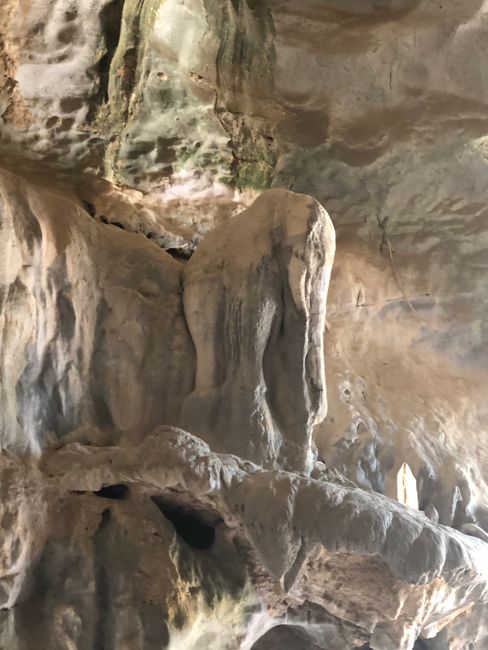
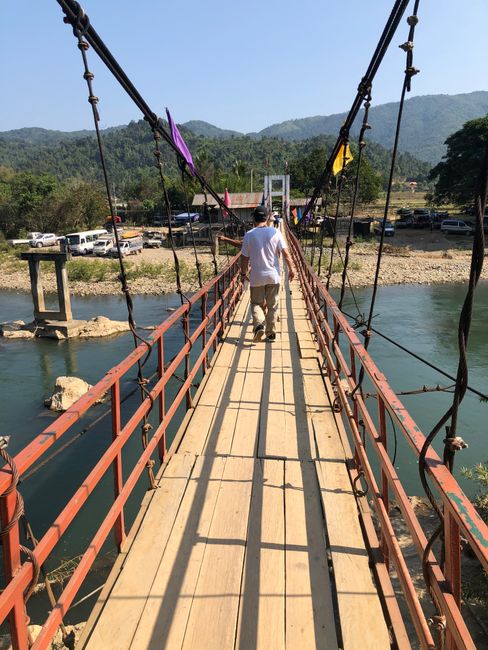
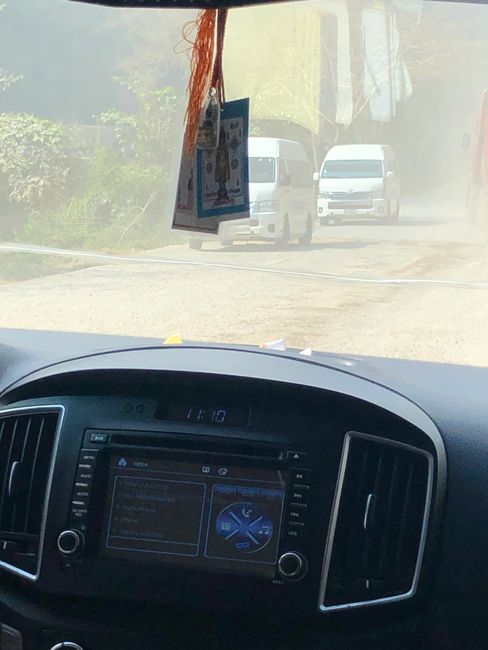
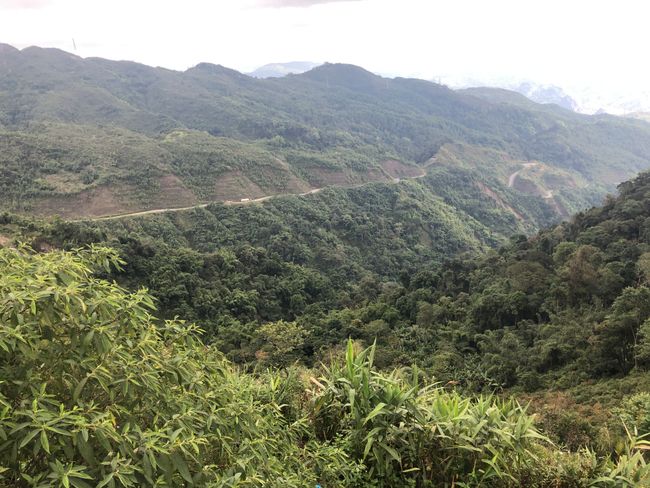
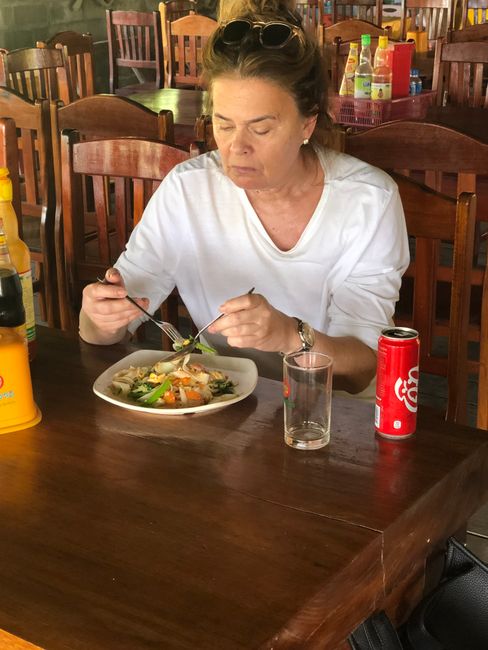
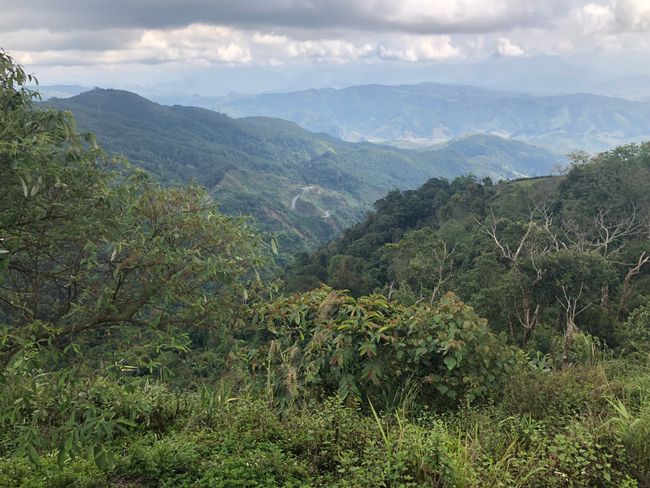
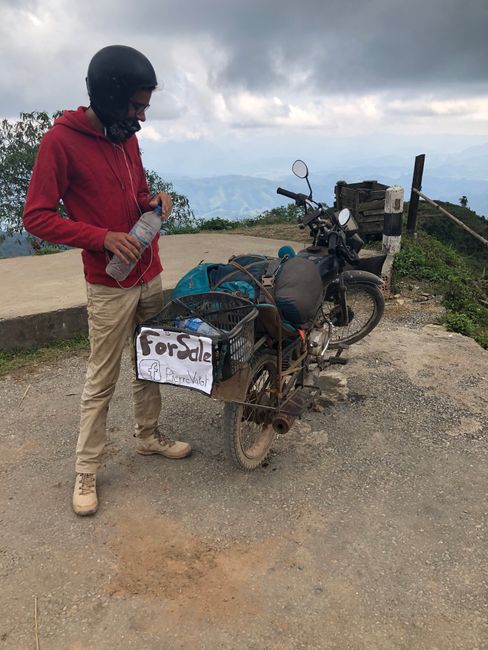
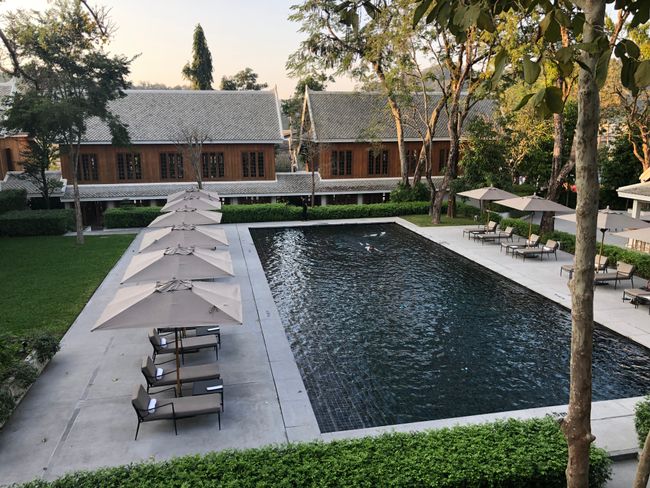
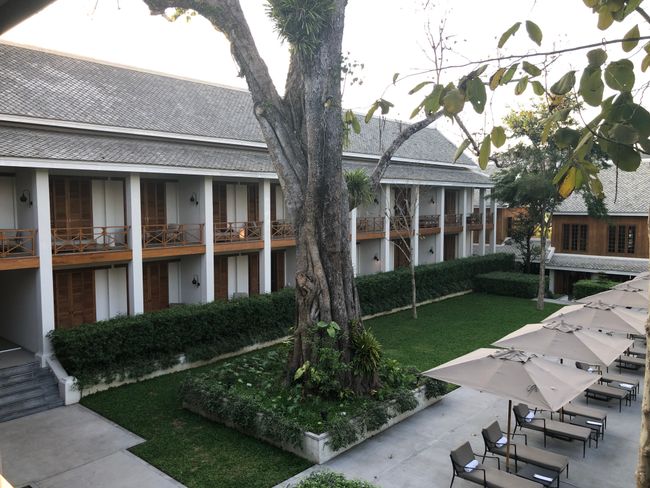
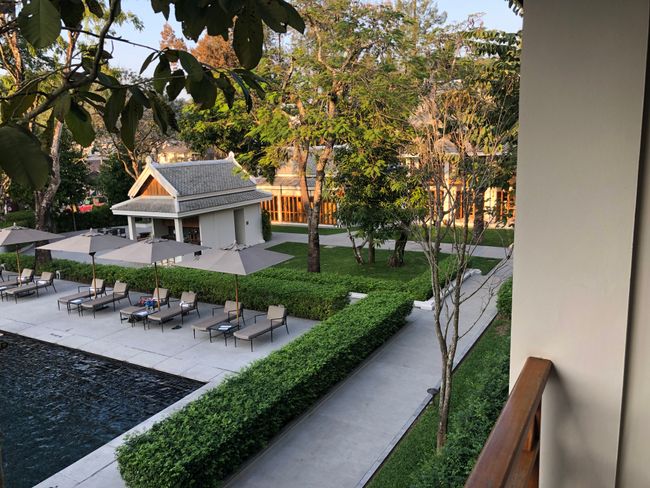
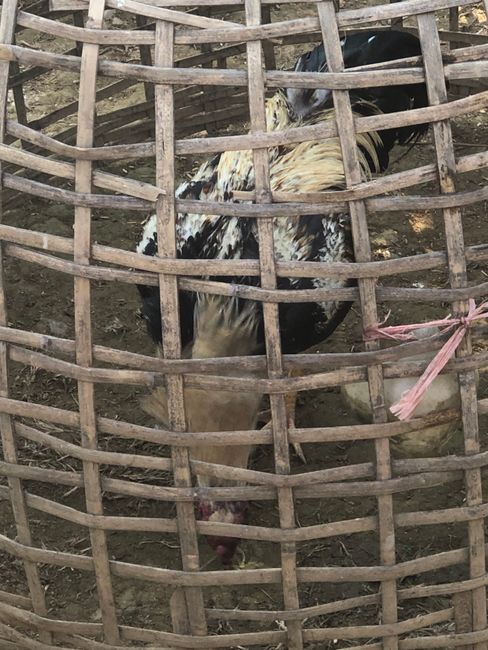
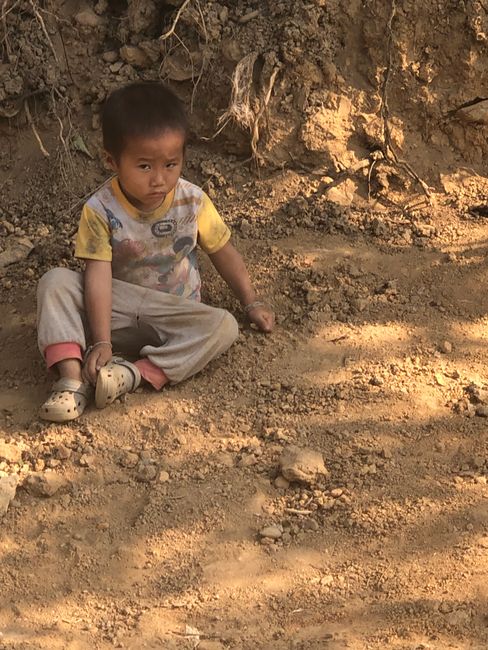
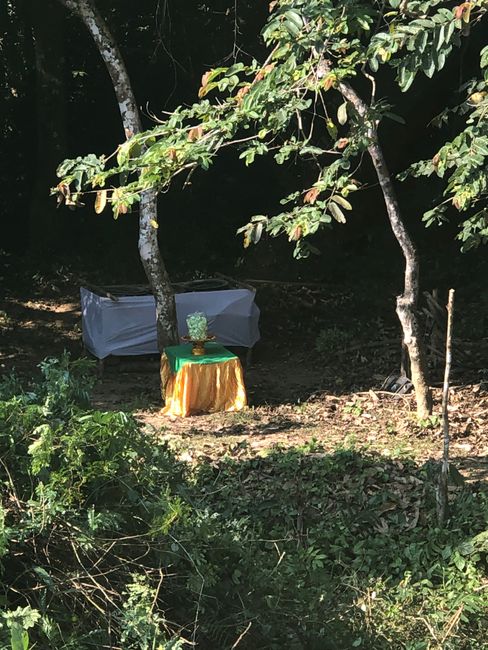
ຈອງຈົດຫມາຍຂ່າວ
At 9:00 in the morning, we set off, it's going to be a long journey.
We drive north on bumpy route 13, which leads to the not-so-distant border of China. Along the road, the Chinese are building the track for the high-speed train that will connect Vientiane with China and is scheduled to be completed in 2020. Unlike the Berlin airport, it can be assumed that this will actually happen.
The 7 million inhabitants of Laos consist of three ethnic groups: the Laotians about 60%, the Mong from Thailand about 15%, and the Khmu about 25%.
First, we go on a hike that begins in a Mong village and ends after about an hour at a cave called Elephant Cave. Along the way, we see the prepared spot for a cremation ceremony and we arrive at the village where the deceased woman comes from. The whole village has gathered there and there is a cheerful atmosphere.
The cave itself is truly beautiful and gets its name from a stalagmite that really looks like an elephant.
We get back in our car and continue on. Around noon, our stomachs start rumbling and we stop at a roadside dive where Sabina strikes again.
After that, we leave the bumpy road and take a shortcut over a mountain of about 1,500 m, the summit is above the clouds. A beautiful landscape from above in a desperately poor country.
Just as high as we went up, we go downhill in serpentine curves and we see several crashed Chinese trucks by the roadside that had been carrying material for the construction of the railway and had obviously underestimated the curves.
After many hours, we reach Luang Prabang and settle in a very stylish hotel.
ຈອງຈົດຫມາຍຂ່າວ
ຄໍາຕອບ (2)
Manfred
Ihr beide seit beneidenswert euch so etwas schoenes teilen zu können! Eure Neugierde am Leben anderer ist erstaunlich und eine Inspiration, auch wenn mal ein bisschen Gemeckert werden muss um alles zu verarbeiten. Ich schlage vor ihr kauft euch das Moped!Henio
Das Teil war wirklich scharf. Der Franzose wollte es verkaufen, weil er wusste, dass er damit nicht mehr nach Vientiane schafft und er Geld braucht um weiter zu kommen. Das Teil selbst hatte er in Vietnam gekauft. Immerhin hatte er es bis nach Laos geschafft.